Cuttack, a city steeped in history and tradition, is home to one of India's iconic cricket venues, the Barabati Stadium. Beyond being a cricket ground, the stadium holds a special place in the hearts of sports enthusiasts and cultural connoisseurs alike. In this blog post, we'll embark on a journey to explore the charm, history, and cultural significance of the Barabati Stadium in Cuttack.
Cricketing Heritage: The Barabati Stadium, named after the historic Barabati Fort located nearby, has been a witness to numerous memorable cricketing moments. It has hosted international and domestic cricket matches since its inauguration in 1958.
Capacity and Infrastructure: With a seating capacity of around 45,000, the stadium provides a spirited atmosphere for cricket fans to come together and support their teams. It boasts modern facilities, including dressing rooms, media boxes, and practice facilities.
Cricketing Events: Barabati Stadium has been a regular venue for One Day Internationals (ODIs) and T20 matches, making it a prominent destination for cricketing action in India. The energy and enthusiasm of the crowd add to the spectacle of each game.
Historical Significance: The stadium's name, Barabati, draws from the nearby Barabati Fort, a historical site that dates back to the 14th century. This fusion of sports and history creates a unique cultural blend.
Cultural Events: Apart from cricket, the stadium has also hosted cultural events, music concerts, and other entertainment programs. It serves as a cultural hub for the people of Cuttack and beyond.
Local Cuisine: Food vendors around the stadium offer a delightful array of local delicacies, allowing visitors to savor the flavors of Odisha while enjoying cricket matches or cultural events.
Local Support: Barabati Stadium enjoys unwavering support from the local community. Cricket enthusiasts and volunteers contribute to the stadium's vibrant atmosphere during matches.
Youth Development: The stadium plays a role in nurturing young cricketing talent through coaching camps and development programs. Many aspiring cricketers from Odisha have honed their skills at Barabati.
Charity and Social Causes: The stadium has also been a venue for charitable events, fundraising campaigns, and social awareness programs, reflecting its commitment to the welfare of society.
The Barabati Stadium in Cuttack is not just a sports arena; it is a cultural and historical emblem that reflects the city's rich heritage and the passion of its people. Whether you are a cricket aficionado witnessing thrilling matches, a cultural enthusiast enjoying music and entertainment events, or a local resident embracing the spirit of community, Barabati Stadium welcomes you with open arms. It reminds us that in the heart of this city, cricket and culture coalesce, creating a vibrant and inclusive atmosphere that celebrates the essence of Cuttack.
Related Blogposts :

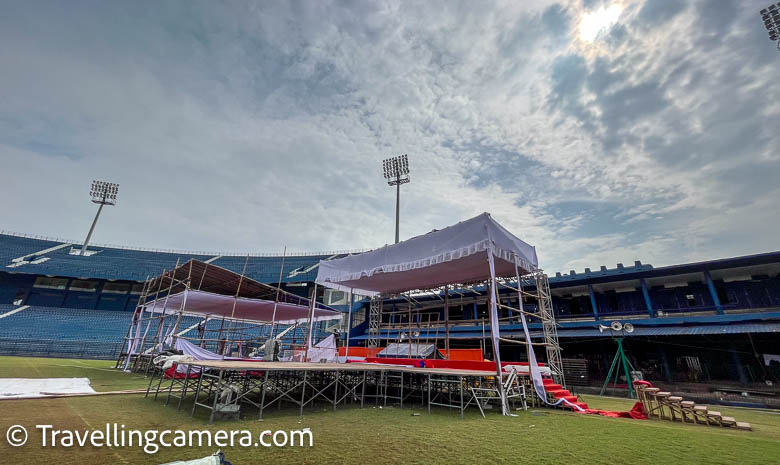


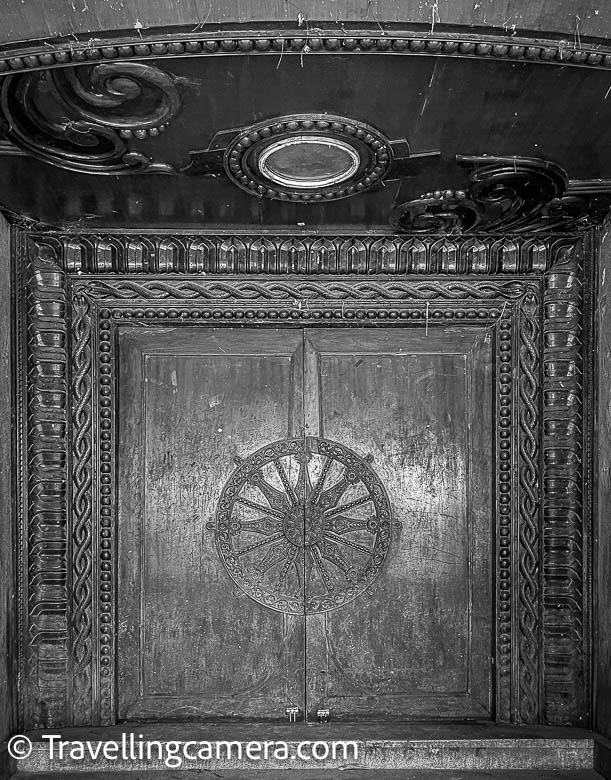

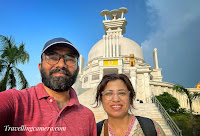
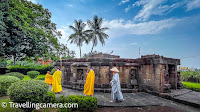



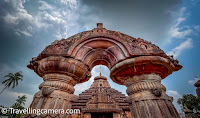




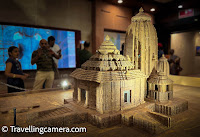


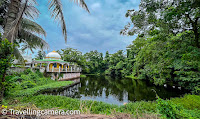






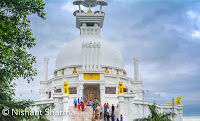




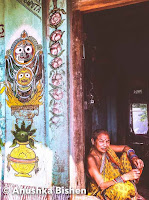

.jpg)
Comments